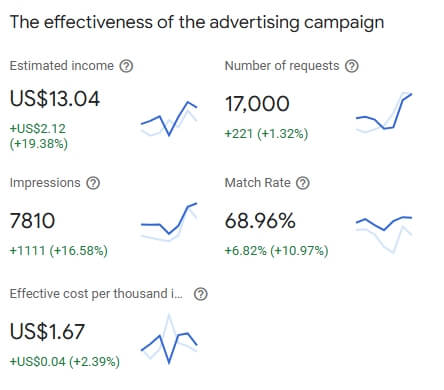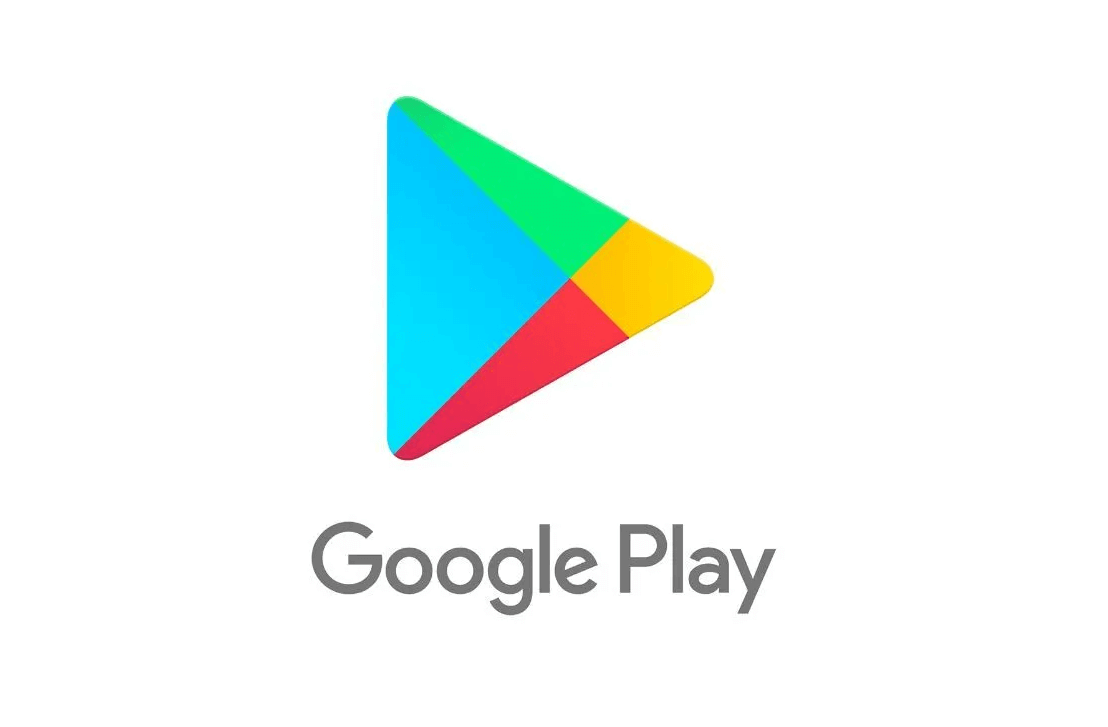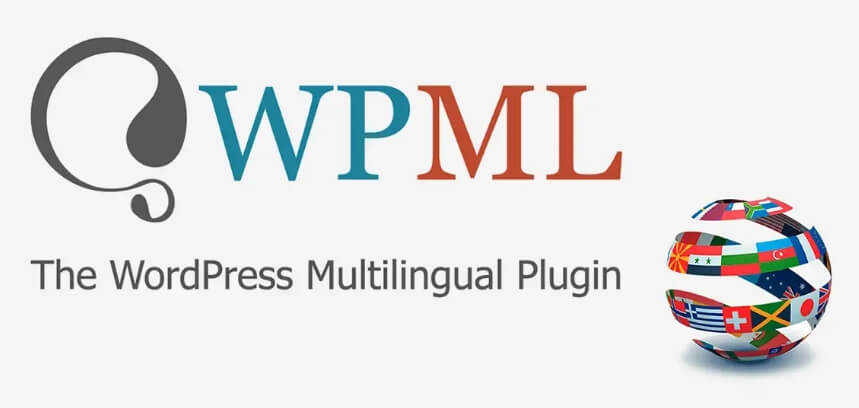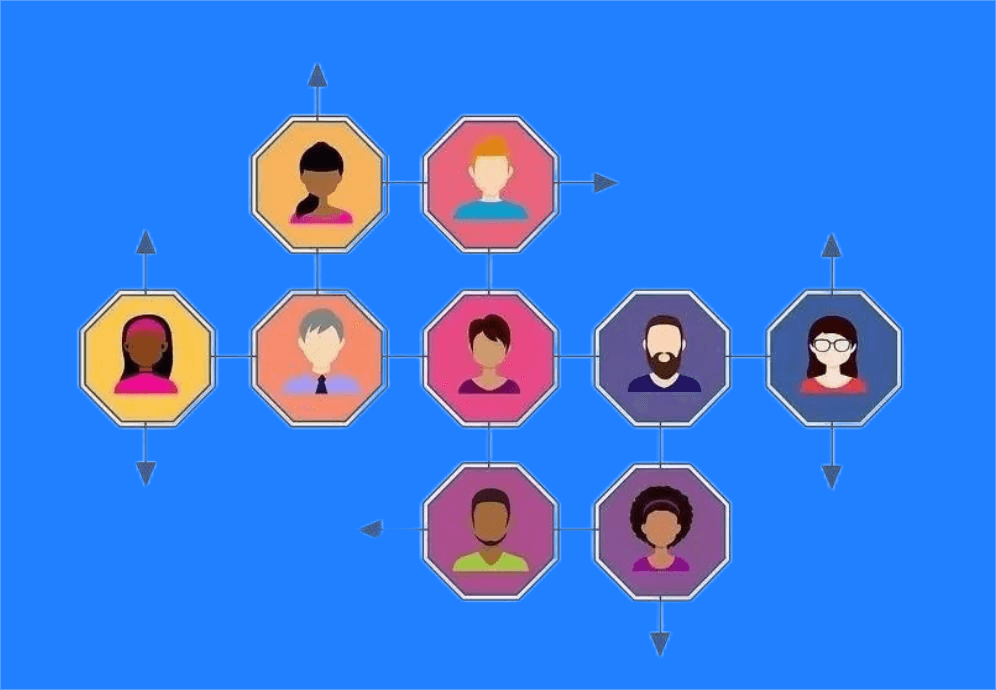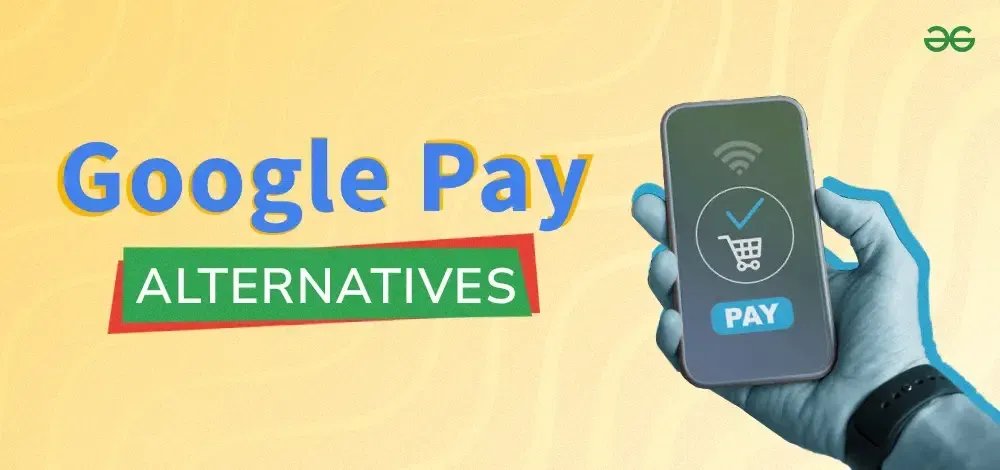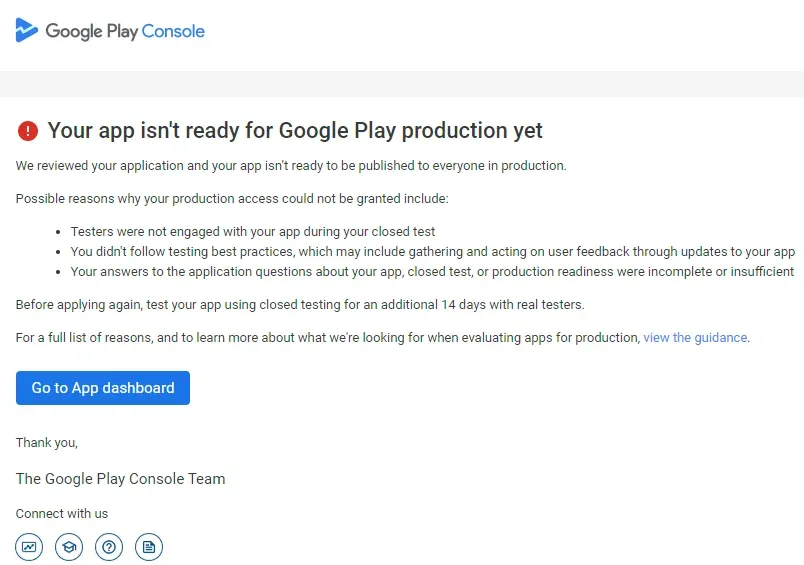Have you ever experienced this?
You open a webpage or app, intending to use a specific feature, but you're interrupted by multiple pop-ups. Some might promote enticing offers that distract you from your original goal, while others contain irrelevant content, which you instinctively close. These interruptions can greatly diminish your experience with the product.
Yet, on another day, you might open a webpage or app just to pass the time and see a pop-up promoting a big sale or trending content, which you’re glad to engage with, enhancing your overall impression of the product.
So, do pop-ups always negatively impact user experience? How do we assess their short- and long-term value to the business?
In reality, for products that have reached a certain stage of growth or for companies with multiple business lines, precise engagement can effectively reduce user "friction" within the product.
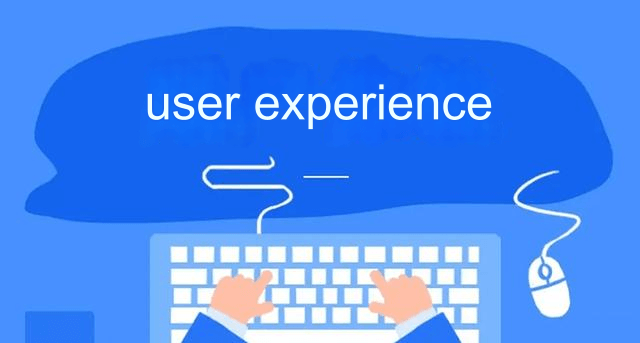
Today, we introduce methods for balancing user experience with operational efficiency through precise engagement. Whether you're an entrepreneur, product manager, or marketing professional, you'll find valuable insights here.
Let's dive into the details. Enjoy!
01. The Gains and Losses of Proactive User Engagement
Besides pop-ups, other common user engagement tools include push notifications, banners, SMS, WeChat messages, and intelligent voice calls.
For businesses, the benefits of proactive user engagement are clear:
Amplifying product strengths: Strong guidance during feature announcements or version upgrades reduces users' learning curves and fosters long-term usage habits.
Boosting operational efficiency: Marketing campaigns and efforts to attract new users or re-engage inactive ones often rely on these key channels.
However, from the user’s perspective, these tools can interrupt their journey, requiring them to close multiple prompts. For instance, repeatedly seeing ads for cars, beauty products, or novels in a music app can give the app a "tacky" image. Over time, poor user experiences like these may lead to user attrition.
So, is it impossible to balance business needs with user satisfaction? The answer is no. Major platforms continue to use proactive engagement because they recognize its long-term benefits, beyond just short-term goals.
02. 3 Steps to Balance User Experience and Operational Efficiency
In truth, users don’t inherently dislike pop-ups or push notifications—they dislike irrelevant notifications. Thus, solving the dilemma of balancing user experience with operational efficiency must start by addressing user needs.
Step 1: Start with Scenario-Based Operations, Implement Cooldown and Volume Controls
Scenario-based operations involve identifying the appropriate tool, timing, messaging, and value propositions to deliver content to users in a specific context.
For example, instead of pushing messages to 20 users to convert one, targeting the right users at the right time may yield a conversion rate of one in 10.
If these seed users demonstrate high conversion rates, similar users can be identified using tags, and the reach can be scaled.
This approach is similar to how TikTok’s content recommendation algorithm works, except it’s driven by active engagement, which relies not only on maintaining and updating user tags but also on business-side insights to identify seed user profiles.
Step 2: Timing of First Engagement and Return Visit Entry Points
Poorly timed pop-ups or push notifications irritate users because they interrupt and demand attention. Therefore, it’s crucial to choose the right moment for engagement. Here are a few guidelines:
Avoid engaging users immediately upon entering the app—allow users time to familiarize themselves with the product before triggering any notifications. You might wait for a few seconds of idle time or show pop-ups after users switch tabs without interacting with content.
Do not interrupt users while they are completing a task. If a user is adding items to their cart or making a payment, showing a full-screen pop-up with a new offer or payment option can be overwhelming. Consider using subtler options like bubbles or side-floating elements to allow users to choose.
Ensure the engagement is appealing. Even if you have the right timing and channel, the message itself should be compelling: clear themes, concise copy, attractive visuals, and harmonious color schemes can enhance the user experience.
Additionally, for interactions that require long-term engagement, such as tutorials or reward programs, create return visit entry points. These should align with the user’s context and be designed to minimize interference with other pages.
Step 3: Ensure Proper Data Collection and Evaluation
When using various engagement tools like push notifications, banners, SMS, or WeChat messages, how can you gather meaningful data to guide more refined future operations? Here are some recommendations:
Track content-specific data rather than channel-specific data. Since different content works better on different channels, it’s essential to monitor which types of content resonate best on each platform. Over time, you’ll discover which combinations of content and channel work best.
Evaluate short-term results in terms of activation or revenue, and long-term impact through user lifetime value (LTV). For instance, a functional reminder may bring back users but could reduce exposure to commercial ads. Alternatively, a flash sale might boost immediate revenue but alienate users who dislike marketing-heavy content. In the short term, aim for at least one positive metric. Over the long term, evaluate whether these engagements lead to a positive impact on user lifetime value.
03. Conclusion
The era of traffic windfalls is fading, and refined operations are the way forward.
As competition in the market intensifies, acquiring new users is becoming increasingly costly. Retaining existing users is becoming a key strategy for sustainable growth in internet products.
Ultimately, users don’t inherently dislike pop-ups or push notifications—they dislike irrelevant reminders that fail to meet their needs. Therefore, balancing operational efficiency with user needs is a challenge we must face head-on.
